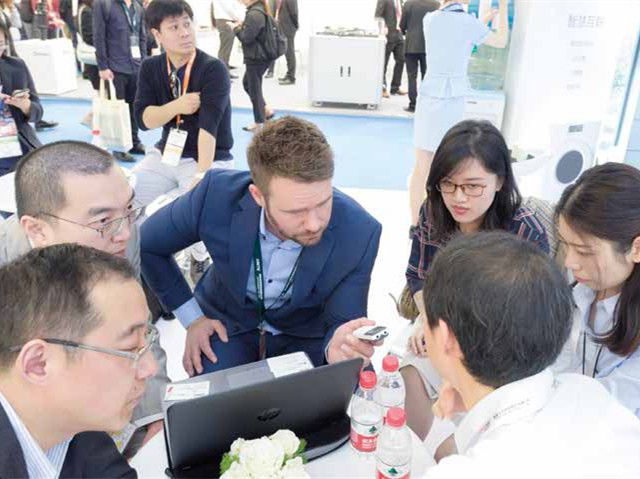BIG Interview: Hongbin Fang, director of technical marketing at LONGi Solar, and Longi’s strategy director Max Aimin Xia discuss the growth and cost reduction potential of monocrystalline cells, and explain how a new hydrogenation process may well have solved the problem of light-induced degradation in mono PERC cells.

SNEC Daily: What is LONGi Solar’s main technological focus in 2017 and into 2018? Hongbin Fang (HF): Last year we introduced our PERC product Hi-MO1 to the market, and for 2017 the main focus for LONGi Solar is to continue to refine our PERC process to improve the efficiency and power output of our cells. In addition to that we are continually working on module improvement to bring higher power gains to the market. We are looking at a 10 Watt (W) power gain every year going forward. There is a lot of technology that we are developing on the module side, including our half-cut cells and also our shingling modules that are poised to improve our power output significantly. This year we have introduced our bifacial PERC module product Hi-MO2. This offers a big increase in terms of power output. On the frontside the output is equal to standard PERC, and on the backside you have an additional 8% to 25% power gain. This can help our customers to significantly lower their LCOE.
SNEC Daily: Recent analysis by IHS Markit has suggested that monocrystalline cells will increase their share of the market from 29% last year to as much as 37% by 2020. What is LONGi Solar’s view on how mono’s market share can grow? HF: Our vision is that mono is going to continue to increase its market share, yes. We are aggressively expanding our ingot and wafer capacity, while also gradually increasing our module capacity. We think that at this point our wafer costs on mono are competitive with multi, with higher power gain on the cell and module side for mono. This means an improved end result for the customer, and looking ahead to the future, costs for mono can be even lower. We are confident that because of these realities mono will grab a larger market share. Max Aimin Xia (MX): For a while, mono capacity is 7.5 GW by end of 2016 and was limited and largely unable to meet market demand before June 30,2017. But our recent another 5 GW Mono Ingot and Wafer capacity expansion in Yinchuan and Zhongning, Ningxia Province has eased the situation, and our recent capacity expansion in Taizhou has eased the situation, taking our cell and module capacity to 5 GW. This has eased the bottleneck that was holding back mono adoption, and I believe that it will aid market growth. In two to three years many companies are going to transfer to mono, and with costs continuing to fall closer to those of multi, this growth will accelerate.
SNEC Daily: At the SNEC conference on day it was revealed that LONGi Solar has been collaborating with the University of New South Wales on advanced hydrogenation solution on LID with PERC. What have been the results on this? HF: The results of this collaboration have been very encouraging. It used to be the case that three to five years ago one of the main obstacles for PERC adoption was high light-induced degradation (LID). Because LONGi <